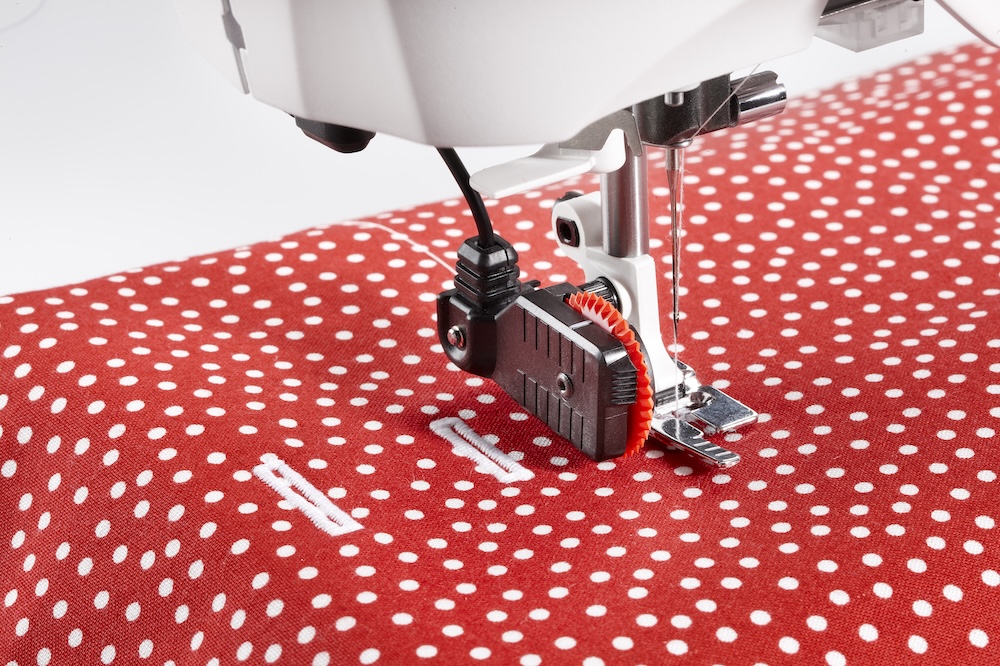How to Choose the Right Buttonhole Stitch for Your Fabric
How to Choose the Right Buttonhole Stitch for Your Fabric
When sewing, picking the right buttonhole for your fabric is important! Many sewing machines offer different types of buttonhole stitches, and knowing which one to use will make your project look more professional. Let’s explore the options!
Buttonholes for Different Fabrics
-
Medium or Heavy Woven Fabrics:
-
- For fabrics like denim or canvas, a traditional bartack buttonhole works best. It's strong and durable.
- Some machines also have a reinforced buttonhole stitch, which is great for heavier fabrics. This stitch adds extra strength to your buttonholes.
-
Stretch Fabrics:
-
- For stretchy fabrics like jersey or knit, you'll want to reinforce your buttonhole to keep it from stretching out of shape.
- To do this, add a cord (like pearl cotton or gimp cord) when sewing the buttonhole. The cord goes around the prong at the back of the buttonhole foot and under the foot.
- Stitch the buttonhole over the cord, then pull the ends tight to remove the loop. Finally, thread the cord tails to the back of your project for a neat finish.
Different Buttonhole Styles:
-
Keyhole Buttonhole:
-
This type of buttonhole has a rounded end and looks professional on tailored garments, like jackets and coats.
-
-
Rounded Buttonhole:
-
A rounded buttonhole works well for lightweight fabrics, like those used in blouses and children’s clothing.
-
Summary:
-
- Use bartack buttonholes for medium and heavy fabrics.
- Use reinforced buttonholes with a cord for stretchy fabrics.
- The keyhole buttonhole is best for professional-looking garments.
- The rounded buttonhole is great for light, delicate fabrics.
- Use bartack buttonholes for medium and heavy fabrics.


 Finland
Finland
